SAFERVETS® POLICIES ARE:
- Easy to follow and simple to read
- Current, correct and up-to-date
- Researched extensively
- Focussed on a single hazard (see list below)
- Set out under the following sections
- What is the hazard?
- What are the potential risks to our health?
- Employer responsibilities
- Safe work procedures (the steps required to stay safe)
- And contain additional information about Personal Protective Equipment (PPE), record keeping, incident reporting and recommended reading material for those that like to know more
SAFERVETS® RESEARCH
SAFERVETS® researches widely (so you don’t have to!) to ensure all our information and advice is up-to-date and correct, using the following sources:
- Australian government safety legislation (WorkSafe, SafeWork)
- Advice from WHO, CDC, NIOSH
- Guidelines provided by professional associations and registration boards
- Vet- industry standards, published research and best practice
- Input from industry experts, such as anaesthetic specialists, radiation scientists, environmental waste scientists and more…
WHAT ARE THE SAFERVETS® TOPICS?
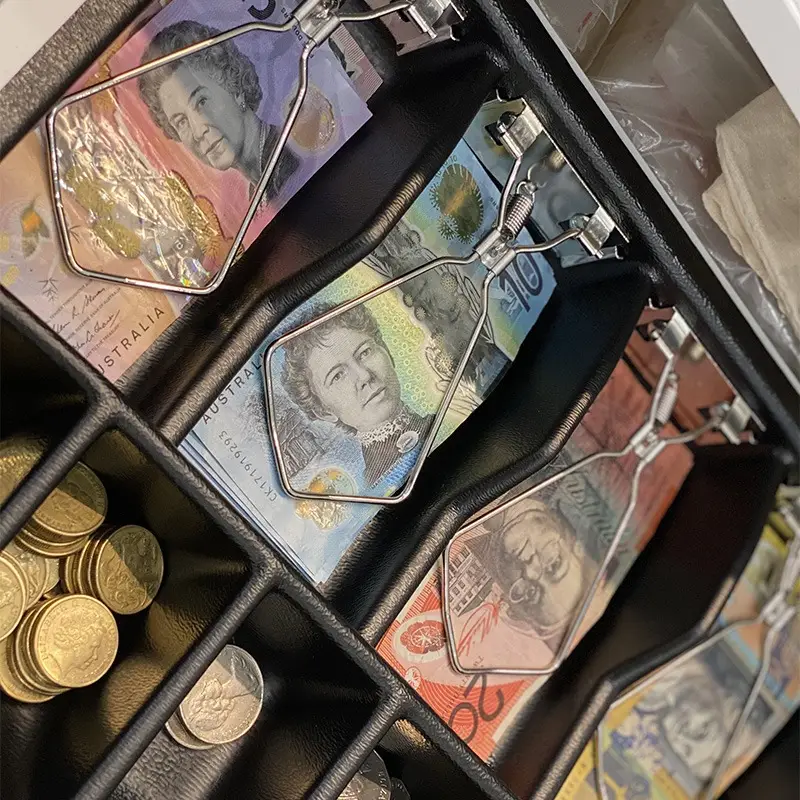
Security
How to keep a vet clinic safe from burglary, how to protect valuable veterinary assets like S8 drugs, money and staff, how to work safely when working sole charge.

Sexual Harassment
What is sexual harassment? Why is it a safety risk? In a largely female workforce- how does this impact our behaviours and what is not acceptable? Get up to speed so you don’t get it wrong

Sharps
What veterinary items are considered ‘sharps’, how to behave safely with veterinary sharps, what not to do, how to stop sharps ending up in the wash or left on surgery kit trays, what is the law with disposal? Developed using research on veterinary clinic sharps handling behaviours and injury data.
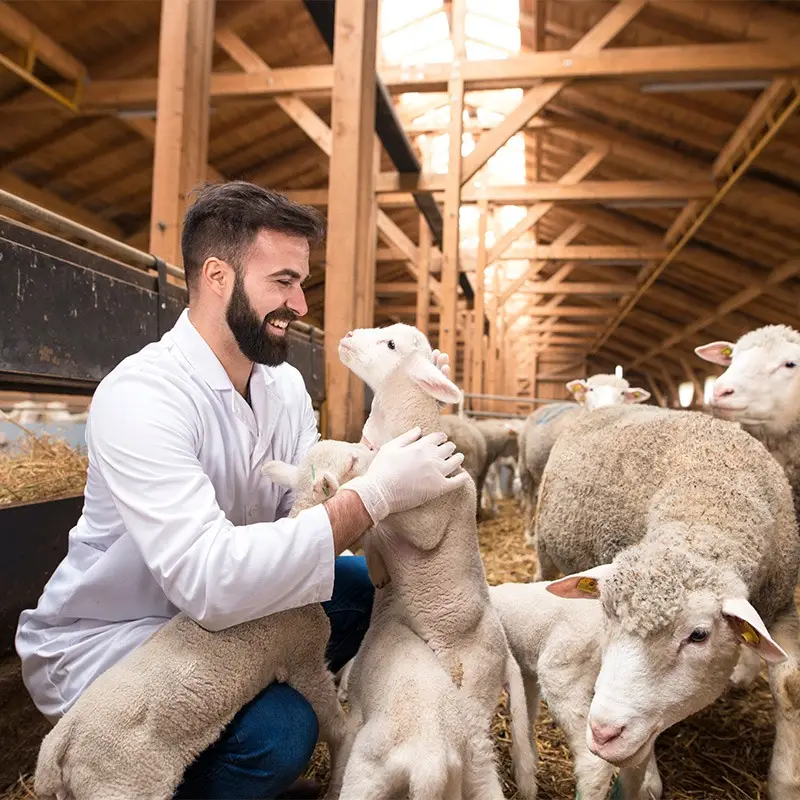
Sheep
How to safely with sheep either in a group or on their own; what zoonotic diseases are relevant and how to protect staff from them: what are the best handling techniques to use working with sheep, taking their behaviour and size into consideration?

Staff Functions
What are the expected behaviours when staff have work functions, and how do they link to safety legislation? Includes responsible alcohol guidelines and information on how to get everyone home safely.
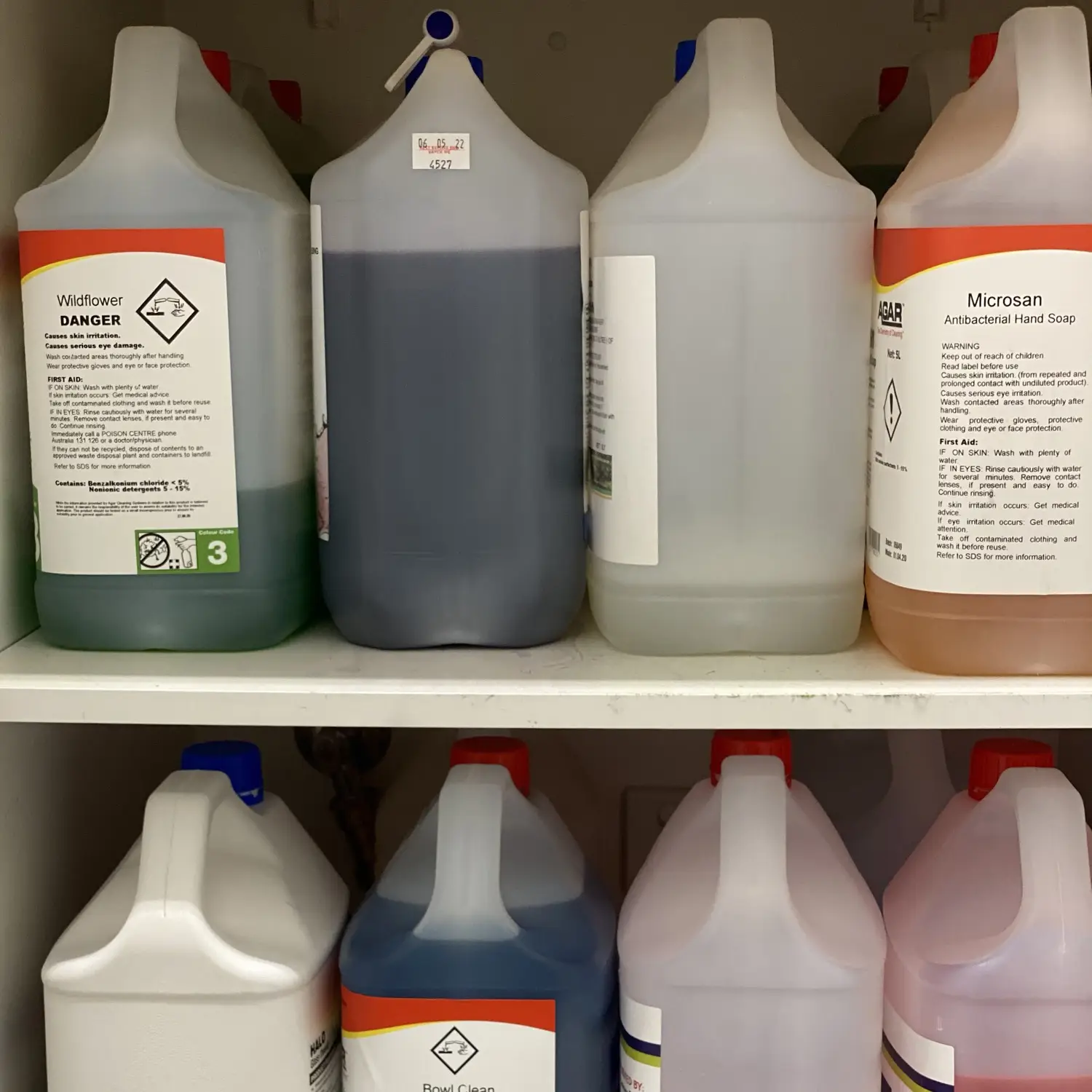
Veterinary Chemicals
What hazards exist with the veterinary chemicals we work with? Where does safety information exist for veterinary chemicals? What do we wear when handling them? Which ones are potentially dangerous? Do we need a register of chemicals?
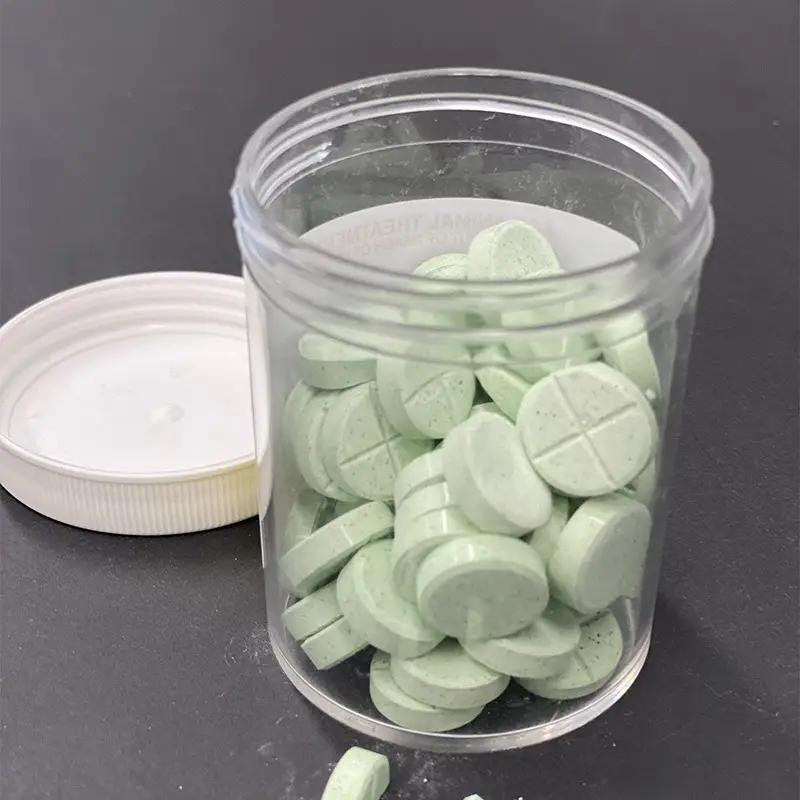
Veterinary Drugs
What veterinary drugs can be the most harmful to our health and why? Hormones, antibiotics, pesticides, S8’s- which ones may be an issue? How are we best to handle them as well as their empty containers? What do we need to tell clients?
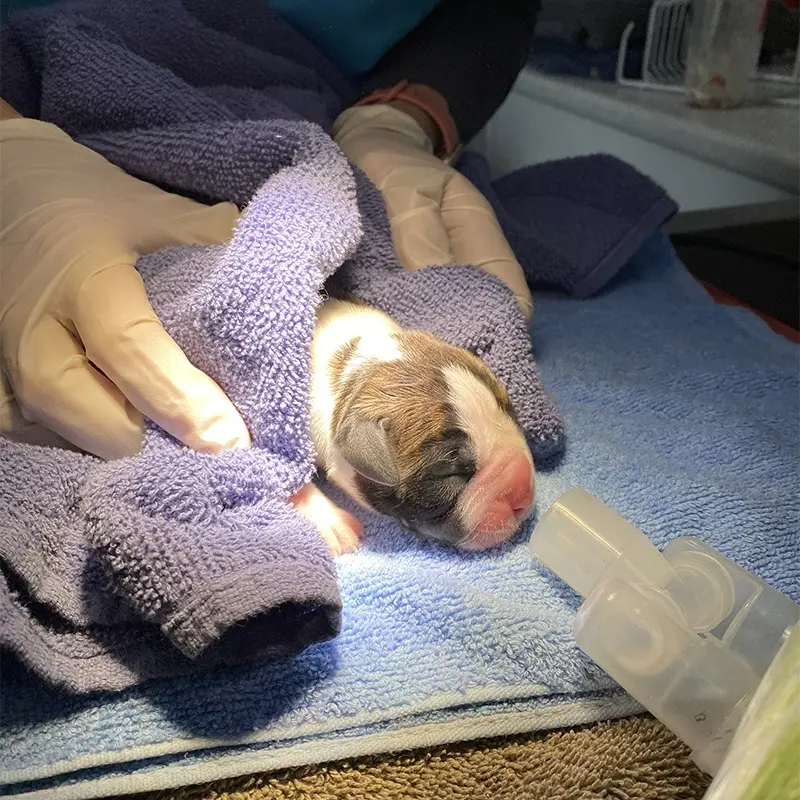
Working After Hours
What steps do we need to take to keep staff safe after hours? What should we do when we enter the clinic and what can we do if we feel unsafe? How can the employer improve facilities to make them safer at night?

Working From Home
Sometimes, staff undertake some duties from home. This presents unique hazards that need to be specially managed. Lighting, ergonomics, security, sedentary work and overworking are all addressed in this document, and more.
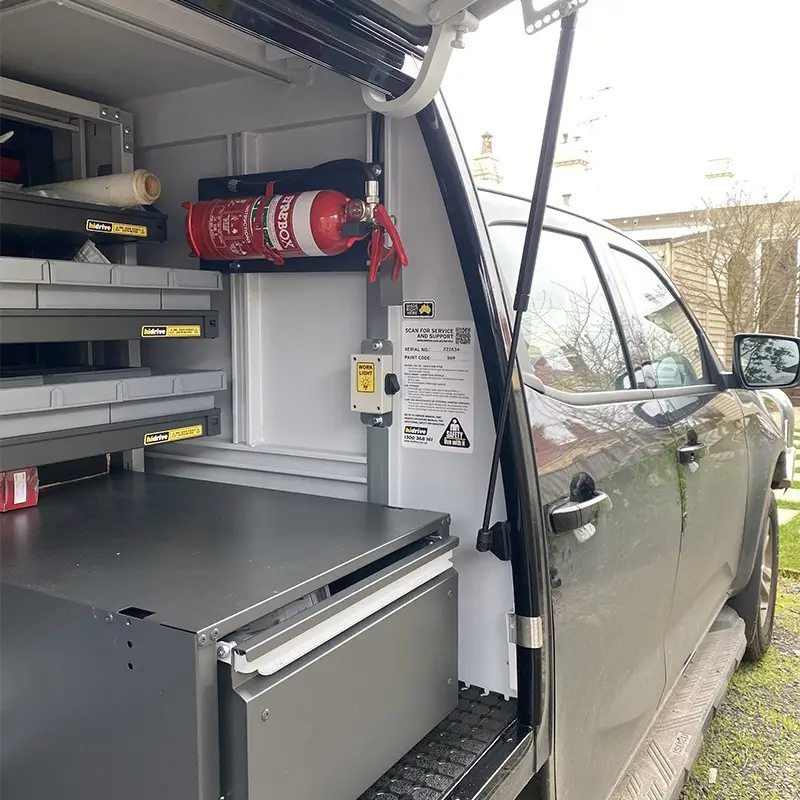
Working Offsite
What should you do prior to leaving the clinic to ensure you remain safe? What to pack and plan prior to leaving? Why is staff safety less controlled when we work off site and what can we do about it?

Working Outside
How to protect staff against workplace hazards when they are outside? How does the weather effect our ability to work safely and what can we do about specific situations? Why is sun protection a legislated requirement for businesses in Australia and what are our obligations?
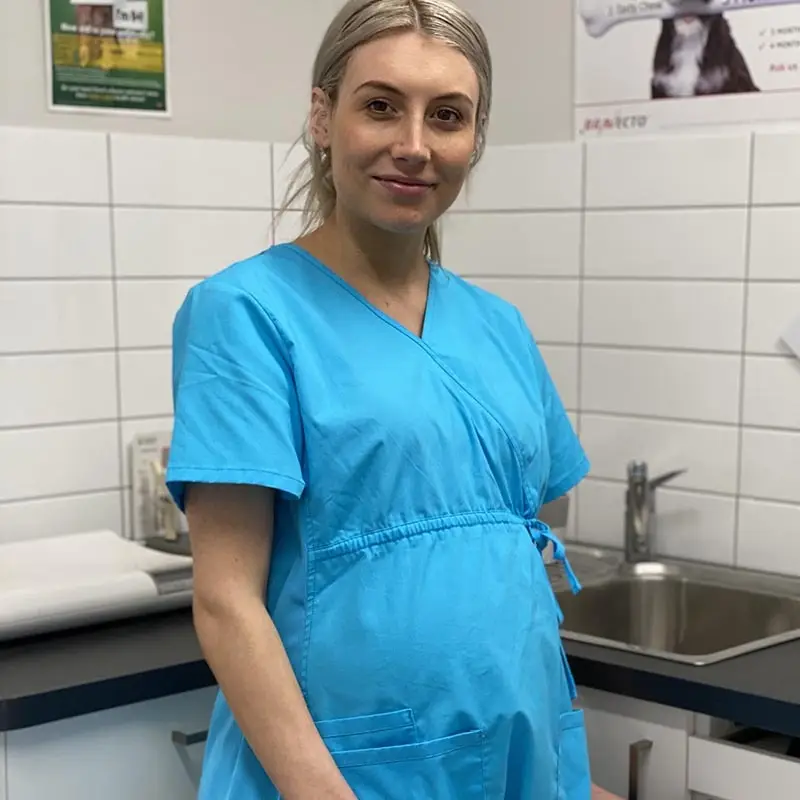
Working When Pregnant
Everything you need to know about working in the veterinary industry whilst trying to conceive, being pregnant or breastfeeding. Includes advice for lifting, anaesthetic gases, radiation, zoonotic disease, long work hours, working on your feet and more
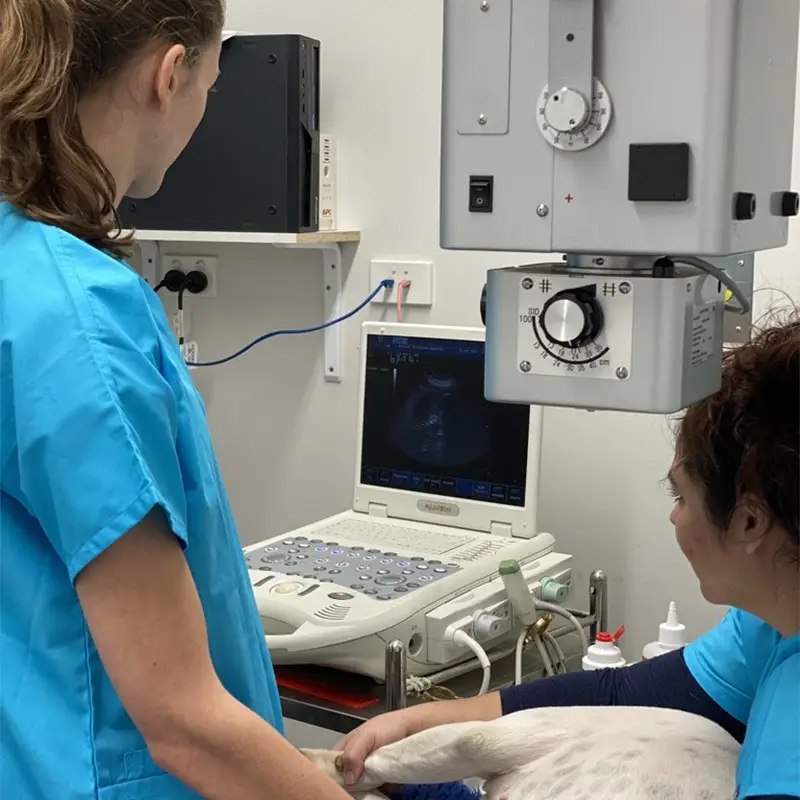
Workplace Stress
What contributes to veterinary workplace stress, how can we reduce it, what does veterinary stress look and feel like?
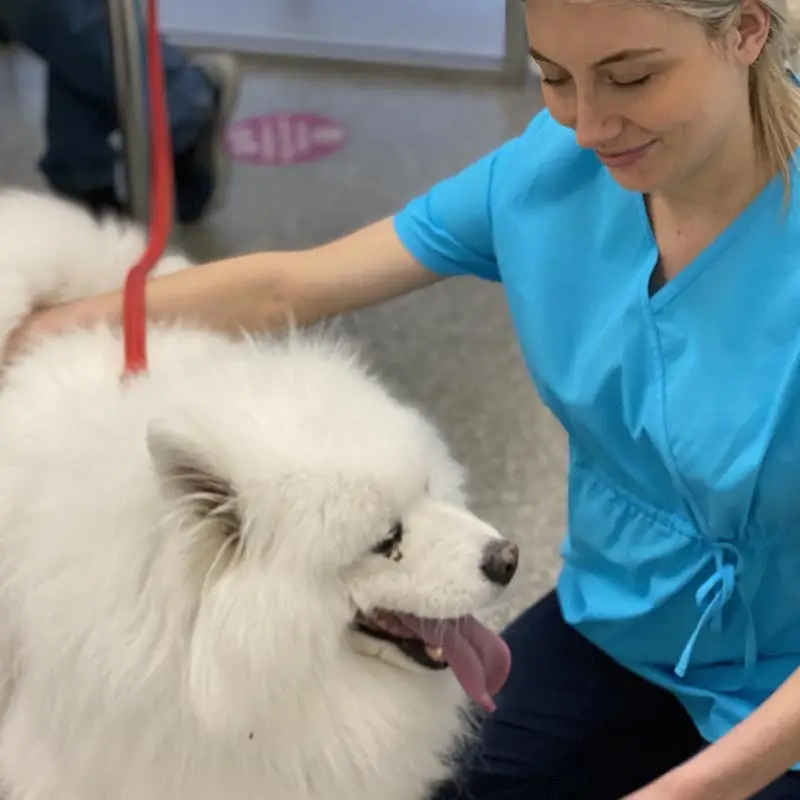
Young Workers
Why are young workers more prone to safety incidents and what can we do to protect them whilst they are with us? How to induct a work experience student on day one without overwhelming them? How to ensure they remain safe in a workplace with very unique hazards?
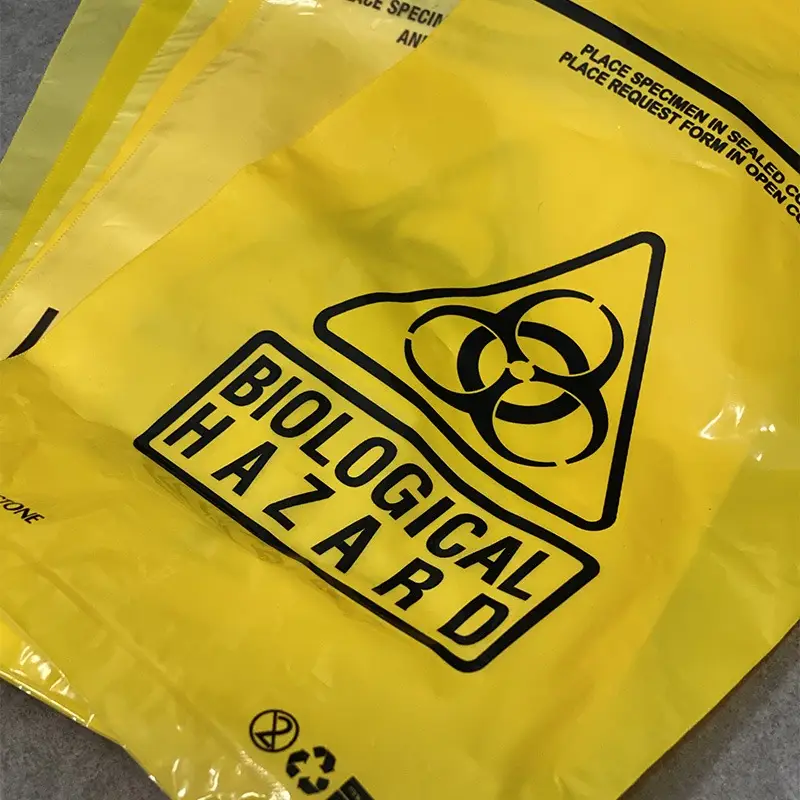
Zoonotic Diseases
What are veterinary zoonotic diseases of concern for vet staff? Which ones may be present in our working days? How to protect ourselves from contracting an illness from the animals we work with.